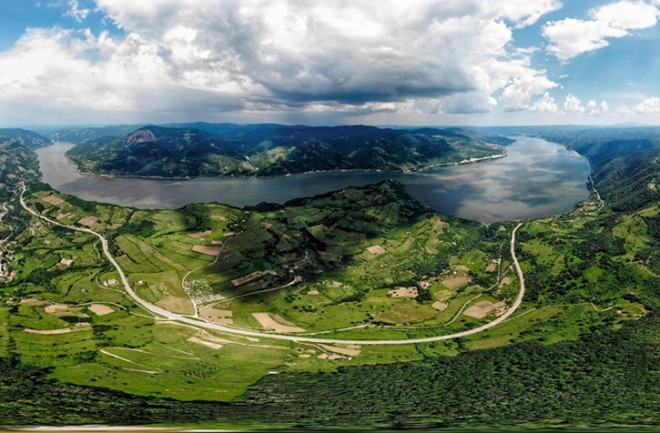The barrel-chested man is known to us only as Burial 7/I. His 8,000-year-old remains were found at a fishing camp that hugs a curve in the Danube River as it winds through southeastern Europe, on its way to the Black Sea.
For most of his life, he stalked red deer in dense forests and wrestled sturgeon from whirlpools in the churning river. But later in life, he seemed to turn away from the hunter-gatherer life of his ancestors and toward that of a settled agriculturalist.
Burial 7/I, according to some of the archaeologists who have studied him, was born a hunter and died a farmer — though other researchers dispute that. It’s just one of the questions that linger over this stretch of the Danube, where archaeological finds are revealing details of an unprecedented encounter between traditional European hunter-gatherers and early farmers moving into the area from the south.
Since the 1960s, at these sites where the Danube forms the border between Serbia and Romania, archaeologists have turned up artifacts and human remains that are 7,900 to 8,200 years old. The sites here represent the oldest examples in Europe of interaction between farmers and foragers during the region’s Neolithic transition, when the semi-nomadic hunter-gatherer lifestyle that had persisted for millennia was replaced with agricultural communities. That transition, which occurred at different times in different places, changed the course of humanity.
“It is probably the most exciting period in history that I am aware of,” says Joachim Burger, an archaeologist and population geneticist at Mainz University in Germany.

